Jan Jahns used orifices from a furnace to build his SCR
The SMS 1 and SMS 1B where made by the German company Dräger in 1969. Originally designed as a lockout rebreather, the rebreather is now sometimes used as a SC rebreather. The gas supply was organised through a MVB III B mixed gas unit. A surface supply unit. In the rebreather was a small bailout cylinder for emergency situations. The scrubber was a 3 hour design. Maximum operating depth 200 meters. Here you find nice pictures of Jan Jahn´s SMS 1.
This particular unit was mainly used in sweet water.
This unit was used with supply hose not from a UW cabin (as should originally be) but from surface in a deep freshwater dam. That is why an adaptor was used (the supply hose came from surface so it was connected in the upper part of the rebreather). I have removed the adapter by drilling off the screws (they were covered by a thick layer of epoxy) and that is why you can see a red tape inside the frame and white spots (I have not painted the plugs yet) on its outer side. I use the SMS1 recently as a SCR wearing two 2-7 l bottles in stage positions with different mixtures (bottom mix and DC mix) with regulators on each and with the IP (changes a little with depth) from both leading into a manifold with exchangeable nozzles (I use nozzles from LPG ovens -0.13…0.32 mm diameter).
In spite of opinions expressed in the rebreather-conference if possible I use the saver with 1/2 the volume of the original scrubber volume as can be seen in the detailed picture of the scrubber. As I am a physicist, I can calculate everything I need including nozzle diameters, dosing, concentrations as well as decompression (I use ZHL16 + Gradient Factors from Deco-planner).
Jan Jahns
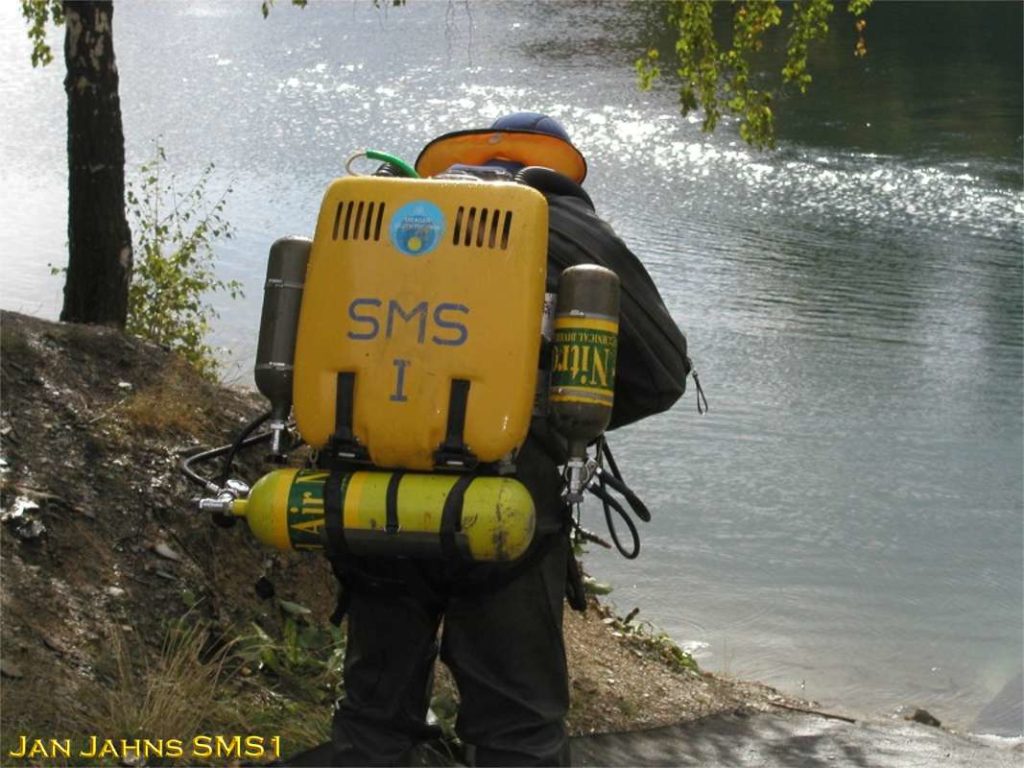
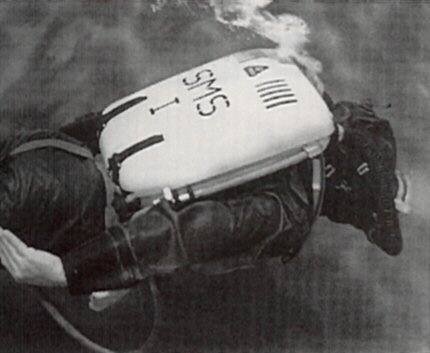
picture: courtesy Dräger
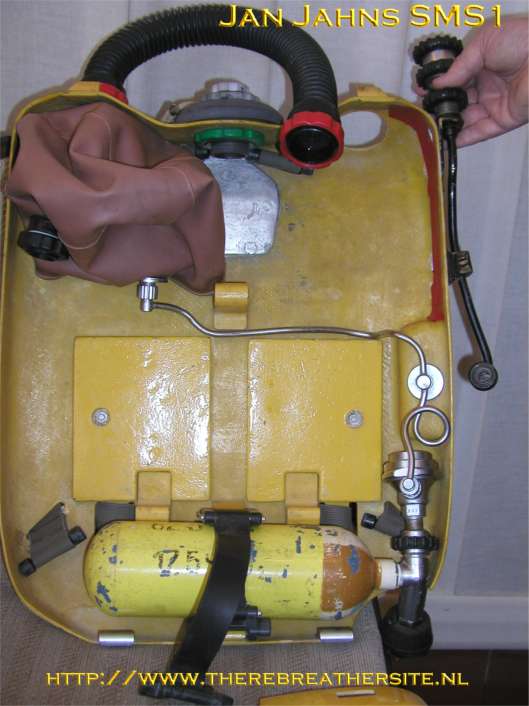
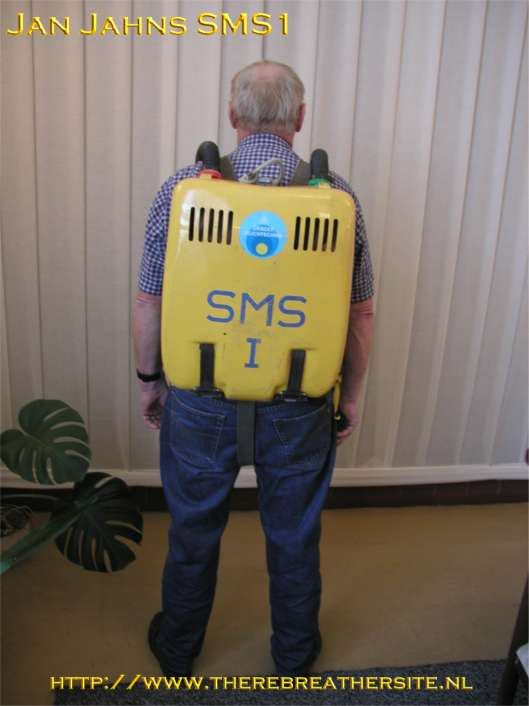
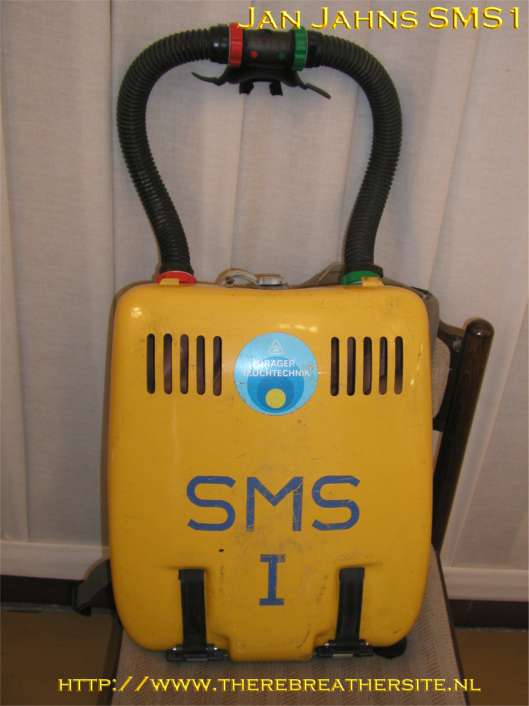
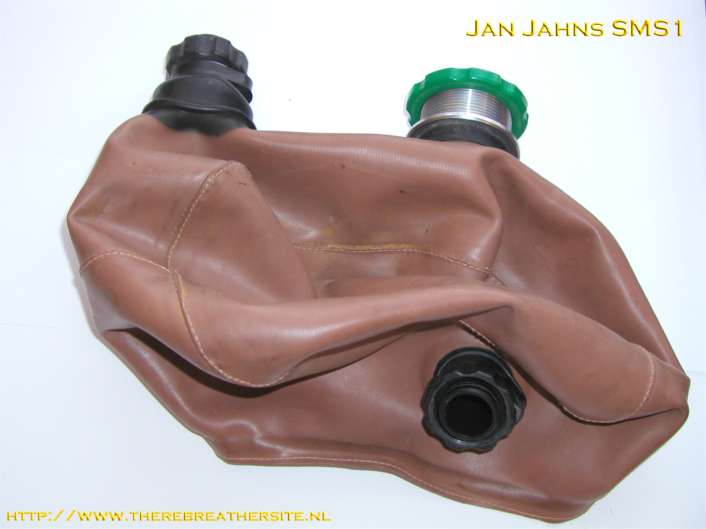
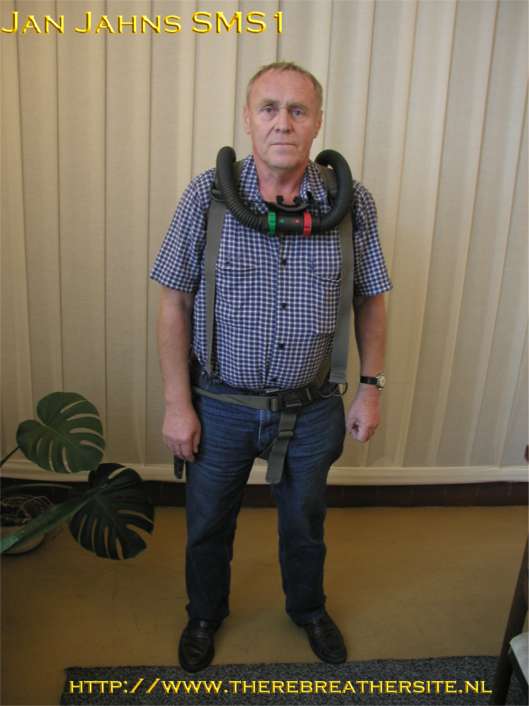
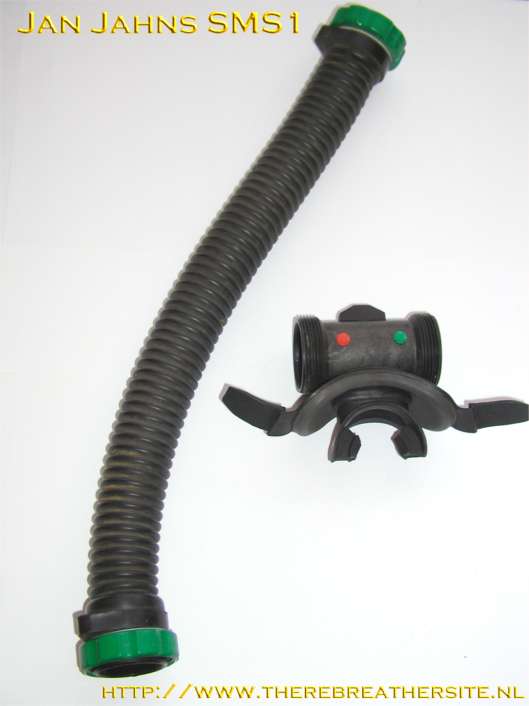
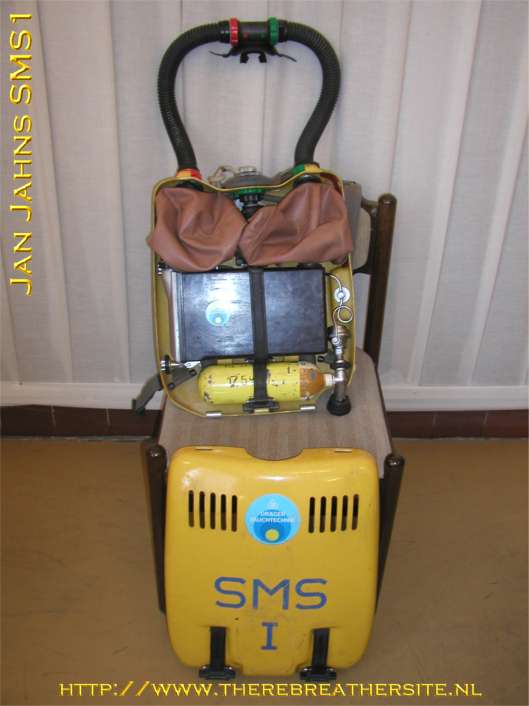
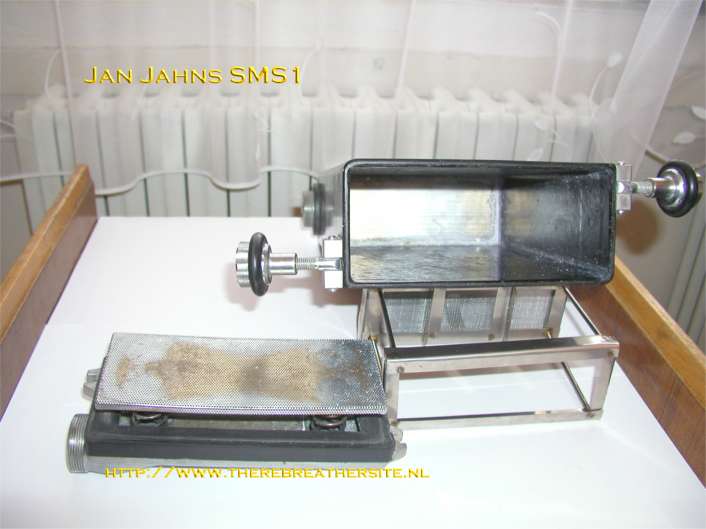
Scrubber with 1/2 fill adapter.
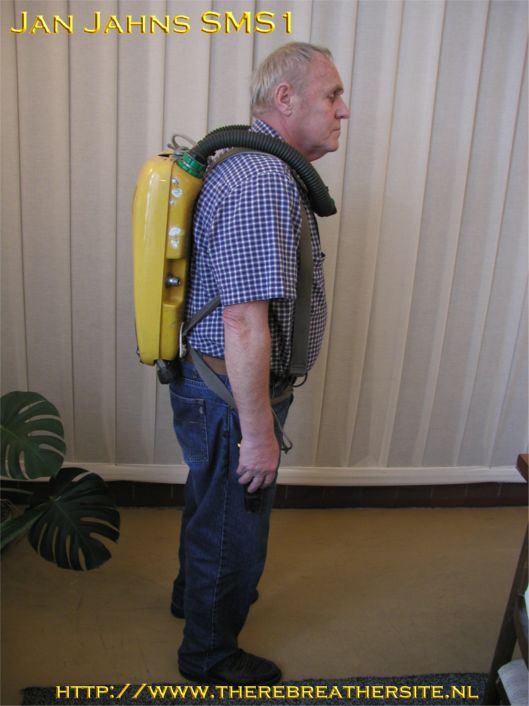

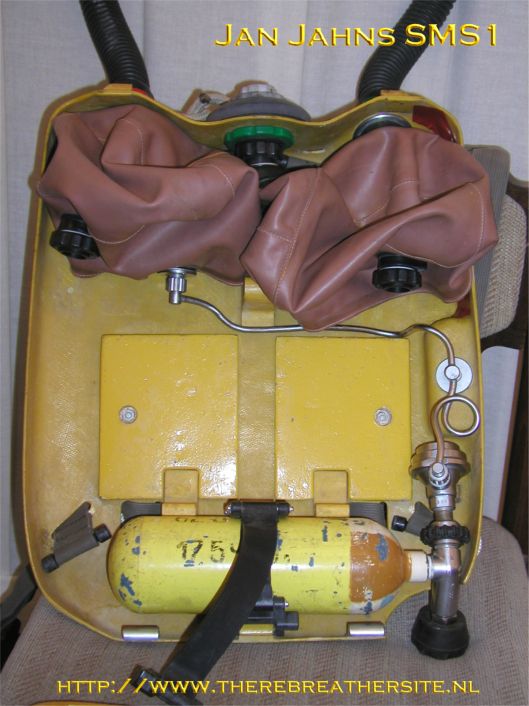
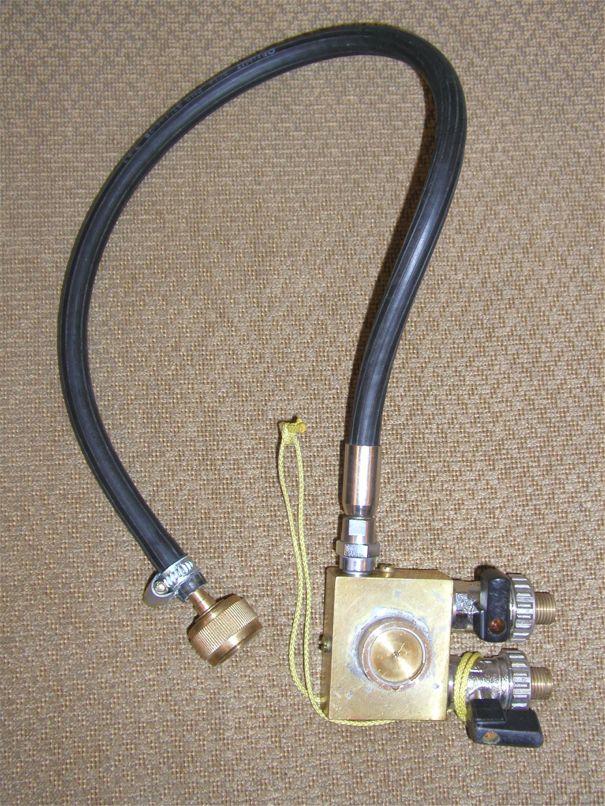
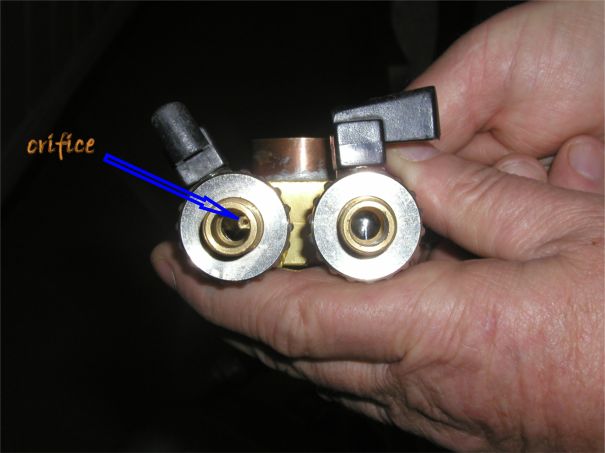
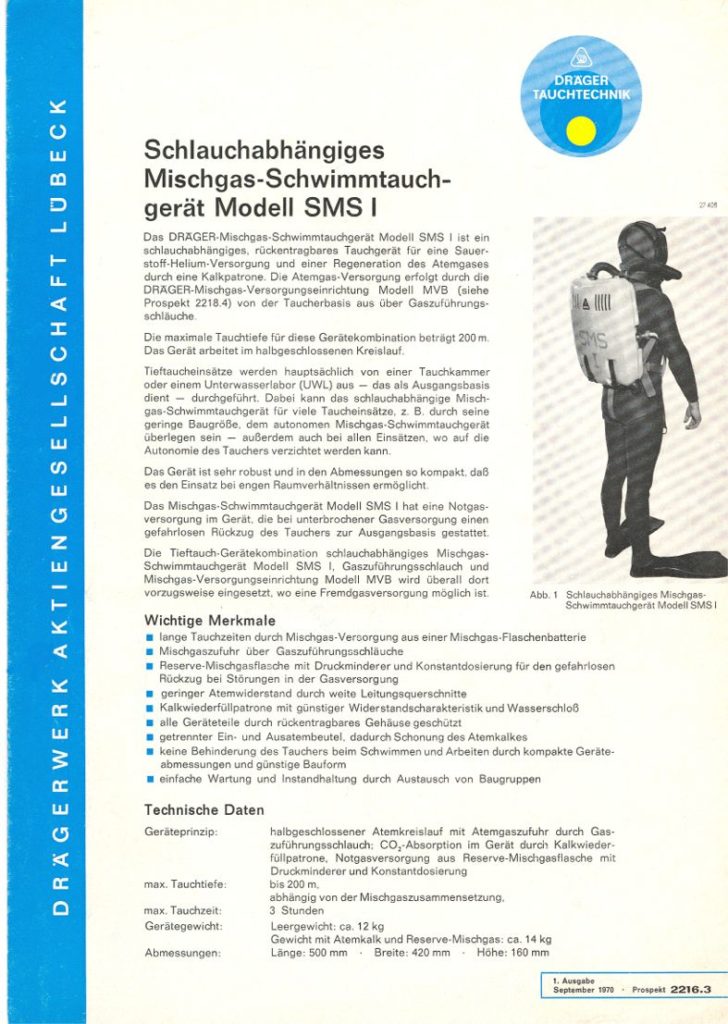


Jan, thanks for your contribution and interesting remake of this rebreather!

Therebreathersite was founded by Jan Willem Bech in 1999. After a diving career of many years, he decided to start technical diving in 1999. He immediately noticed that at that time there was almost no website that contained the history of closed breathing systems. The start for the website led to a huge collection that offered about 1,300 pages of information until 2019. In 2019, a fresh start was made with the website now freely available online for everyone. Therebreathersite is a source of information for divers, researchers, technicians and students. I hope you enjoy browsing the content!
